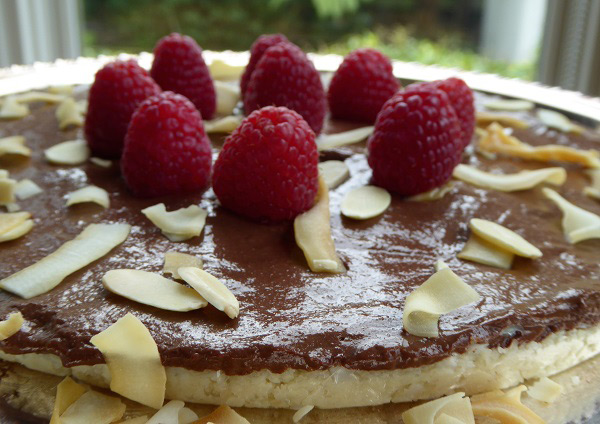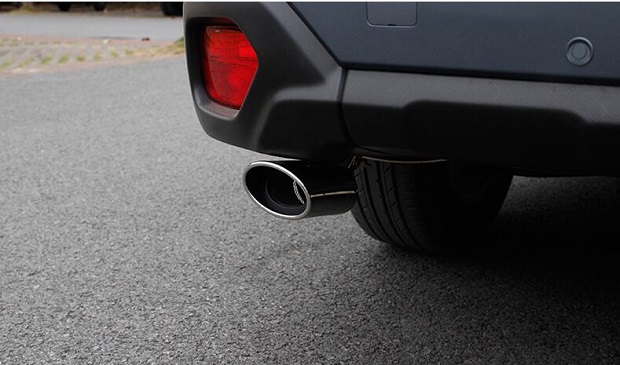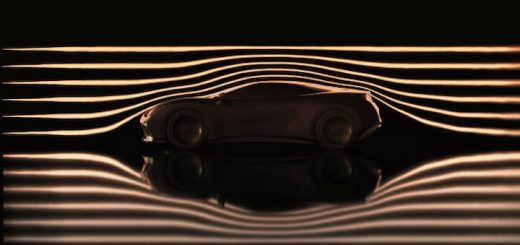How to Choose the Right Light Bulbs for Your Fixtures
LED, the future of lighting, comes in many types, including bulbs, which also come in many different options. If you’ve ever been shopping for a bulb not having a clue whether it’ll fit your fixture, you know the importance of understanding the various light bulb types. Here’s everything you need to know to choose the right bulb for your fixtures.
Why Is Choosing the Right Bulb Important?
The first thing to consider when choosing a bulb is its type or base. Only that way you’ll be able to match it with your fixtures. If you get the wrong kind with a base that doesn’t match your fixture, you’ll have no use for the bulb.
Another factor like wattage affects energy efficiency. LEDs are significantly more energy efficient, reducing spent energy consumption and, consequently, your energy bills. They save you money but also help you reduce your carbon footprint and stop environmental harm because the less energy you use, the less the demand for generating electricity from fossil fuels.
How Do You Match a Lightbulb to a Fixture?
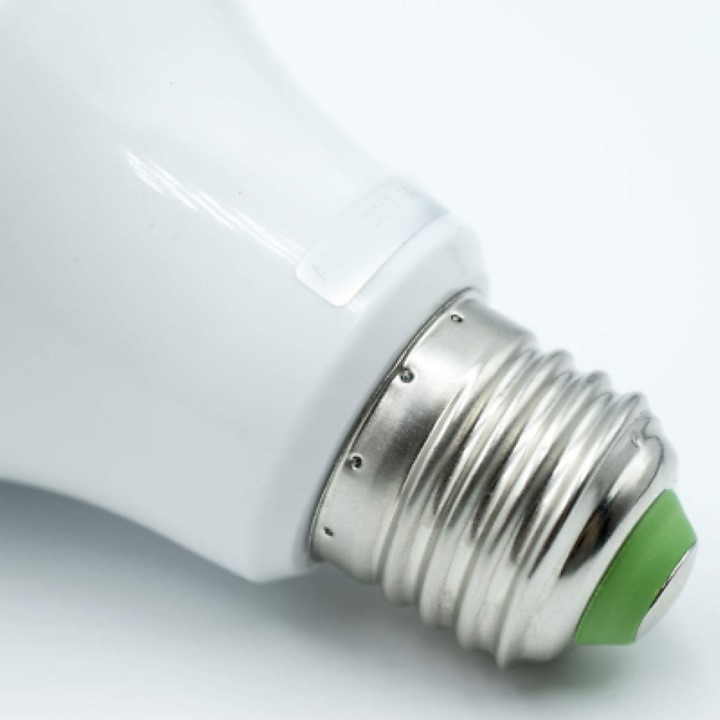
Once you understand how important it is to select the appropriate bulb, there are a few things you can do to ensure it fits your fixture.
Determine the Base
Picking a light bulb with the wrong fitting cap is a common yet frustrating mistake when shopping. Caps and bases come labelled with letters and numbers. The letter indicates the base type, while the number indicates the diameter of the base in millimetres (mm).
Screw Caps
Screw caps come in various dimensions, with the illuminating and easily-replaceable E27 bulbs being the most favoured and widely utilized bulb variant in modern households. The “E” stands for Edison, named after Thomas Edison, the inventor of the screw base, while the “27” refers to the diameter of the base in millimetres. This bulb type is prevalent due to its versatility and ease of use.
E27 LED light bulbs are designed for a standard screw-in base, making them compatible with various fixtures, from ceiling to desk lamps. They come in different shapes, including globes, candles, and classic A-shaped bulbs, allowing you to choose the style for your fixture. Additionally, they’re available in multiple technologies, such as incandescent, LED, and compact fluorescent, catering to different preferences for energy efficiency and light quality.
One of the significant advantages of ES bulbs is their straightforward installation. Simply screw the bulb into the fixture until it’s secure—no special tools or expertise are required. Moreover, E27 bulbs are available in various wattages and colour temperatures, enabling you to customise the ambience of your space. Whether you need bright, cool lighting for a workspace or warm, cosy lighting for a living room, an E27 bulb can meet your needs.
Bayonet Fitting
The standard bayonet bulb, BS or B22, features a bigger twist and push fitting. It’s usually 22 mm and is often used with larger lights since they can handle higher wattages and provide brighter light than small bayonet bulbs. The typical bayonet LED light bulb is a 60-watt conventional (incandescent) equivalent wattage.
The small bayonet fitting (SBC, B15) is typically appropriate when using smaller, lower-wattage bulbs. Most are about 5 watts or the same as a conventional (incandescent) light bulb that uses 40 watts. Other than the fact that bayonets don’t work loose, screw fittings and bayonets are nearly identical.
GU10 and G9
Similar to a bayonet bulb, the PAR16 spotlight also features two pins with small feet on the end that can be twisted and pressed into place.
Most modern homes have spotlight bulbs of the GU10 variety, the most prevalent kind, frequently used in areas like kitchens and offices where strong, focused lighting is required. With a narrow base that broadens into a flat or slightly rounded aperture, it has the shape of a conventional spotlight. Avoid confusing halogen GU10 bulbs with MR16 bulbs, which have the same appearance but aren’t compatible with GU10 bulbs due to their smaller, needle-like pins.
A G9 is a miniature bulb with a 9mm width and two tiny looping pins sticking out of the base. These were originally mains voltage halogen capsule lights, used in integrated fixtures and appliances including kitchen cabinet lights and cooker hoods. These days, LED versions—which last longer and use less energy—have mostly replaced them.
Pick Your Colour Temperature
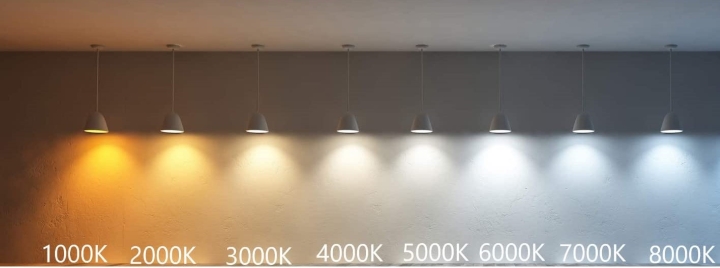
When you buy a new lightbulb, you frequently feel down when you turn it on and see a cold, fluorescent light that seems more like it should go to A&E than a nice, warm living room. Choosing the right light colour of light is important because it can affect anything from your mood to the colour of the veggies on your cutting board.
An LED light bulb’s temperature measures how much white light it emits. Warm light bulbs have a more yellow hue, whereas bright white light bulbs provide a deeper, bluer tone. The colour temperature chosen depends on the space’s purpose, style, and dimensions.
The Kelvin scale, a temperature gauge, is used to measure the colour of light. For this reason, “colour temperature” is a term that light bulb makers frequently use on their packaging. The packaging’s side features numbers that represent the colour of light that the lightbulb will emit.
Most people are accustomed to the bright, yellow light that the outdated incandescent bulb—which has a Kelvin temperature of 2,700. In comparison, the estimated value of a candle is 1,600k, that of midday sunlight is 5,000k, and that of sunset or sunrise lighting is 2,500k.
Brightness (Lumen Output)
Watts is a unit of measurement for power and was used to measure brightness when almost everyone in the past installed incandescent light bulbs in their houses. Watts is a less useful way to quantify brightness since energy-saving bulbs have become available. This is because the new bulbs require less electricity to generate the same amount of light. Lumens are the new unit of measurement for light output. The brightness of the light increases with lumens.
Regarding general recommendations, a bedside table lamp should have about 400 lumens, while a good-sized living room may require 1,500 to 3,000 lumens overall (from all of the room’s lights combined).
Dimmable or Non-dimmable?
If you’re unsure about the brightness level they desire for your lightbulb, or whose room may require a different brightness level, dimmable bulbs save your life—or should we say, save your light? Disregarding bad puns, dimmable LED lights are a terrific way to add flexibility to your house.
Design
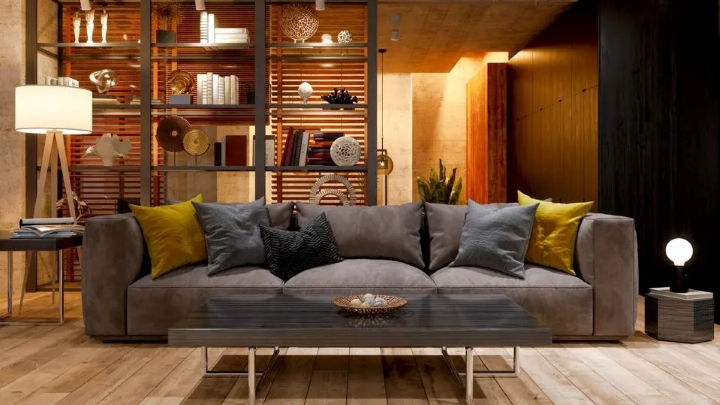
Consider your room’s interior design (vintage, modern, industrial, or minimalistic) to select the best bulb design. Are you trying to find a striking pendant light? Did you see yourself hanging around with festoon string lights? The good news is that you can have all the functionality of LED lighting without sacrificing appearance.

